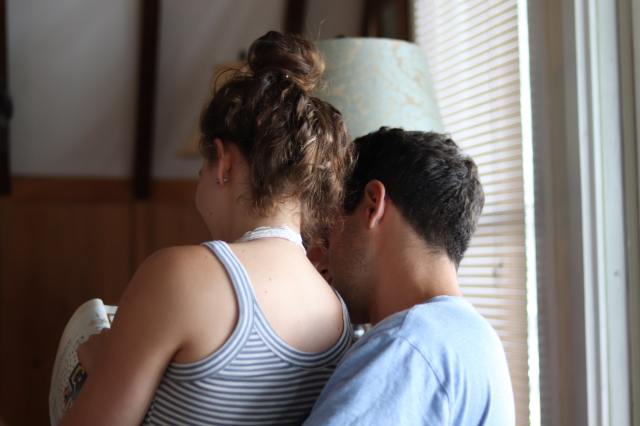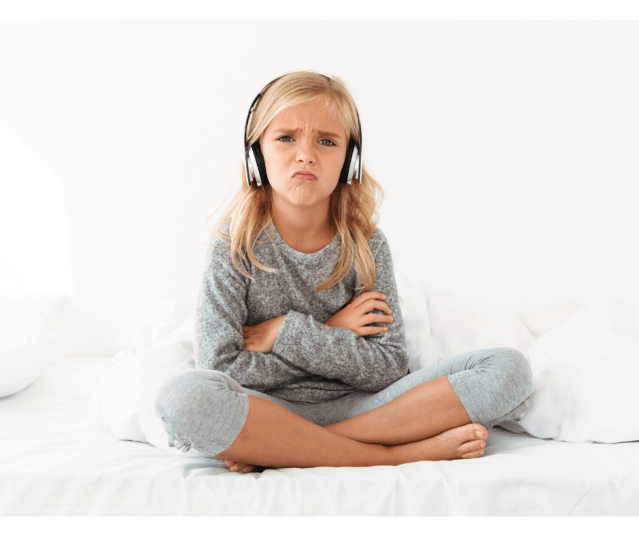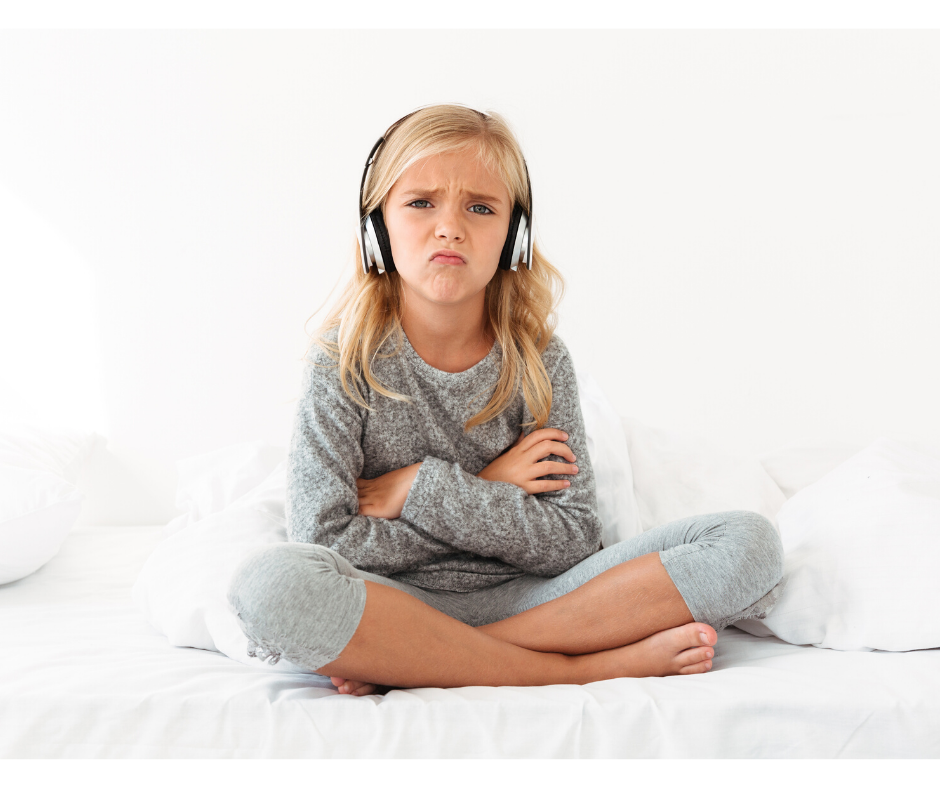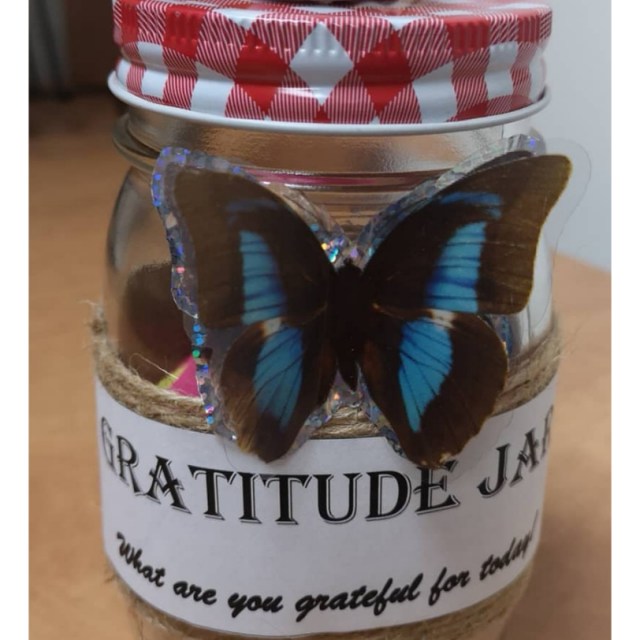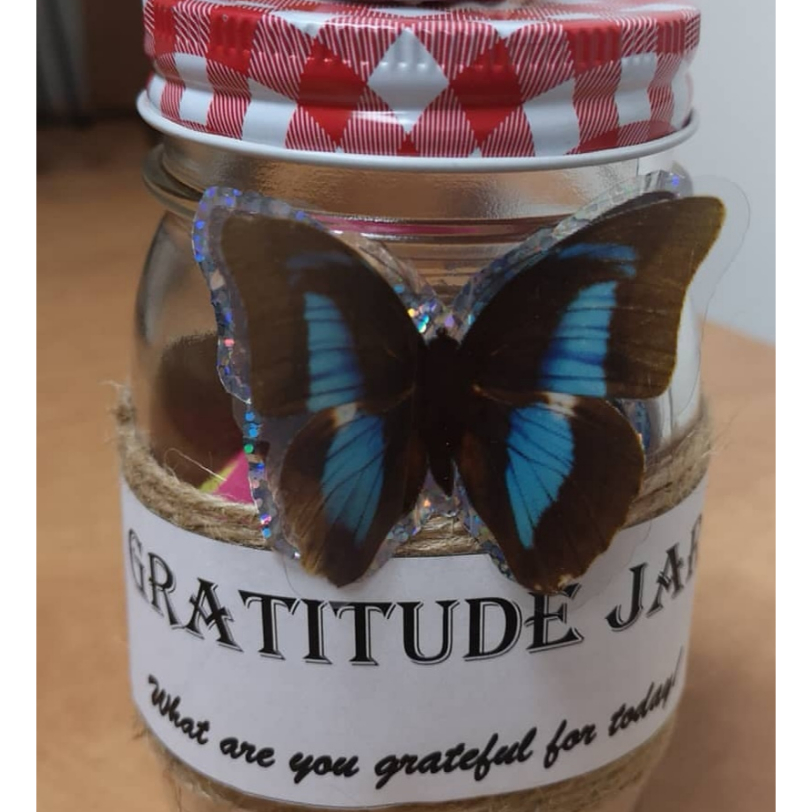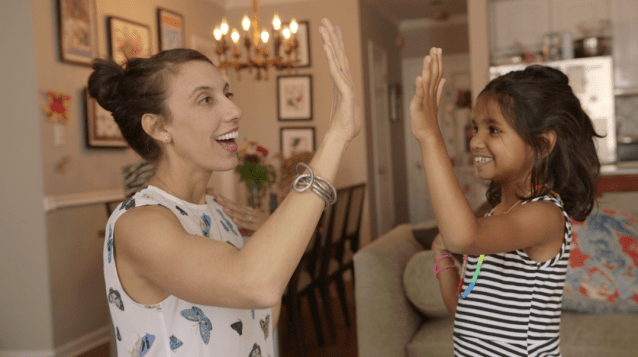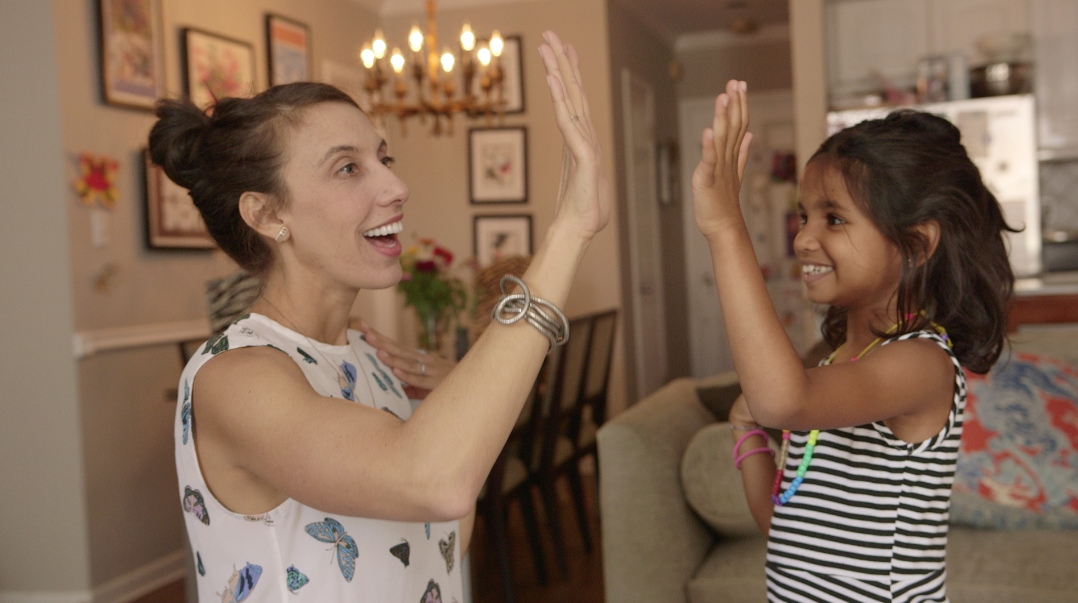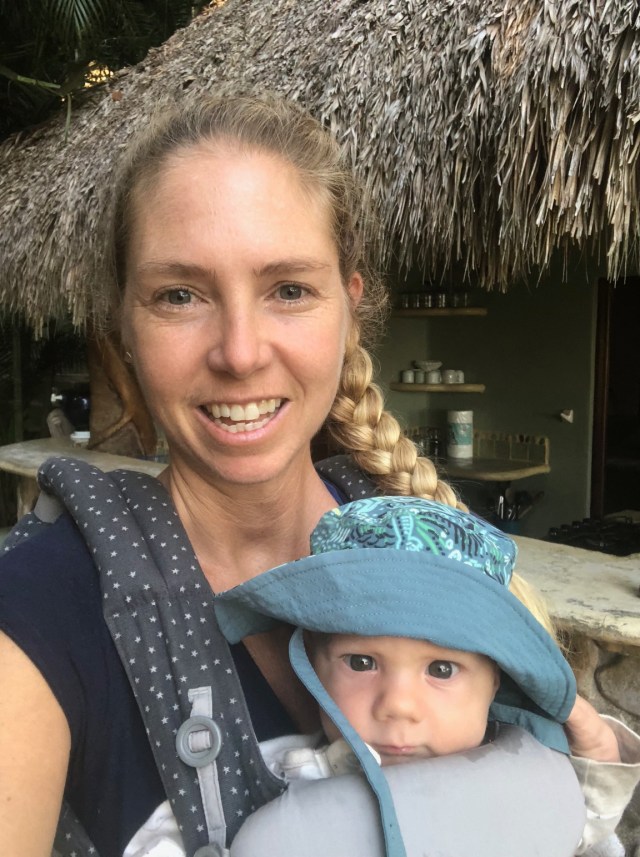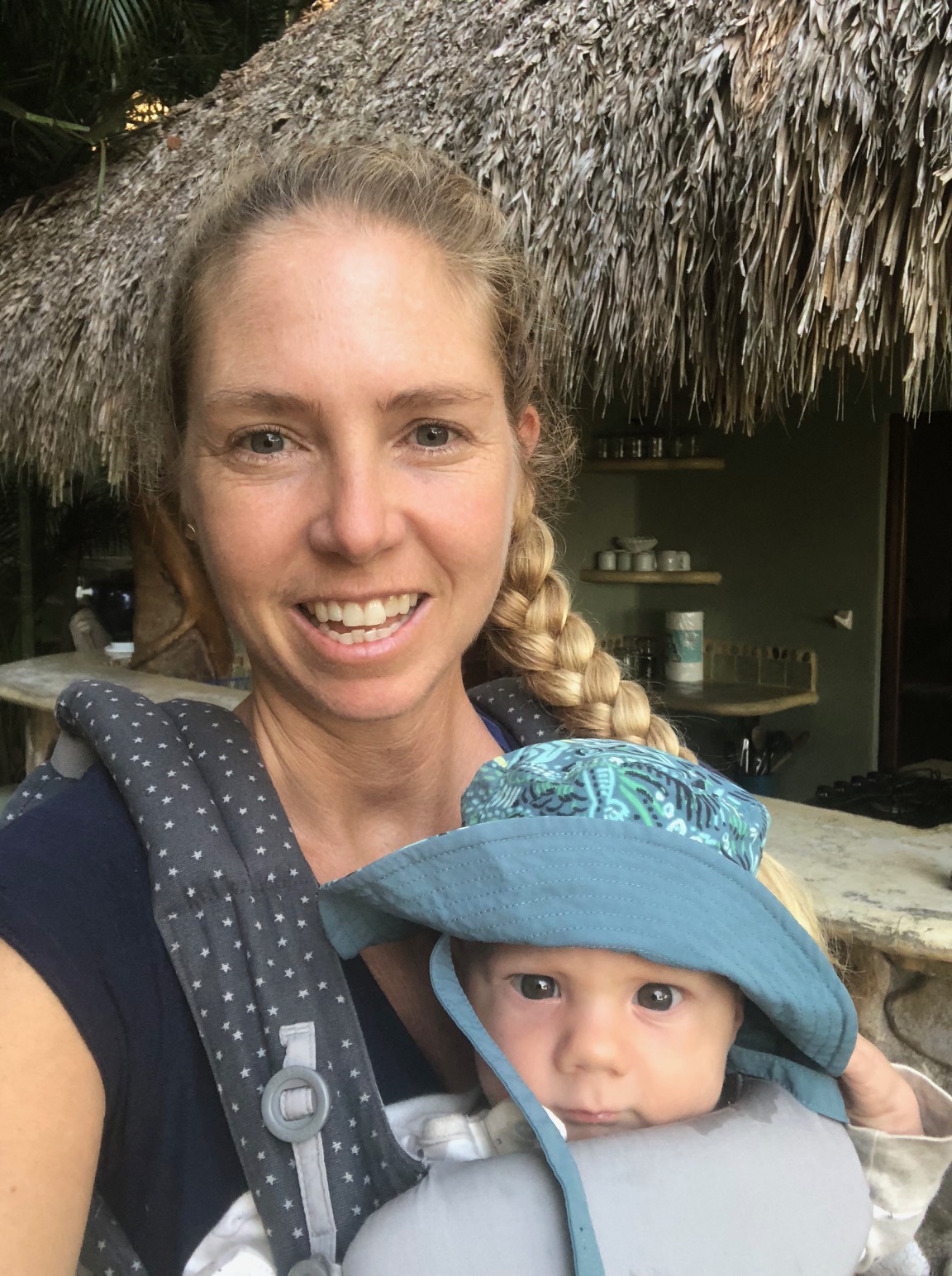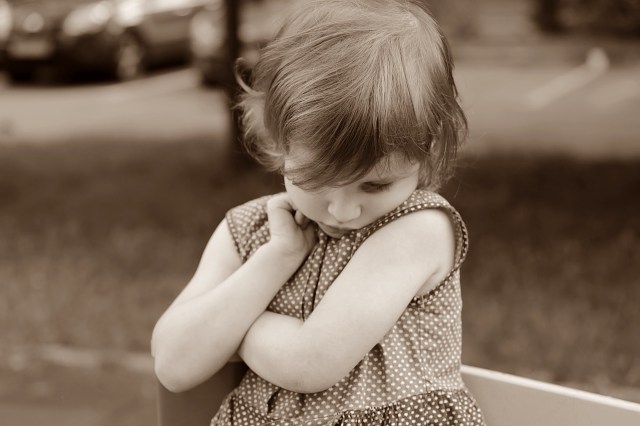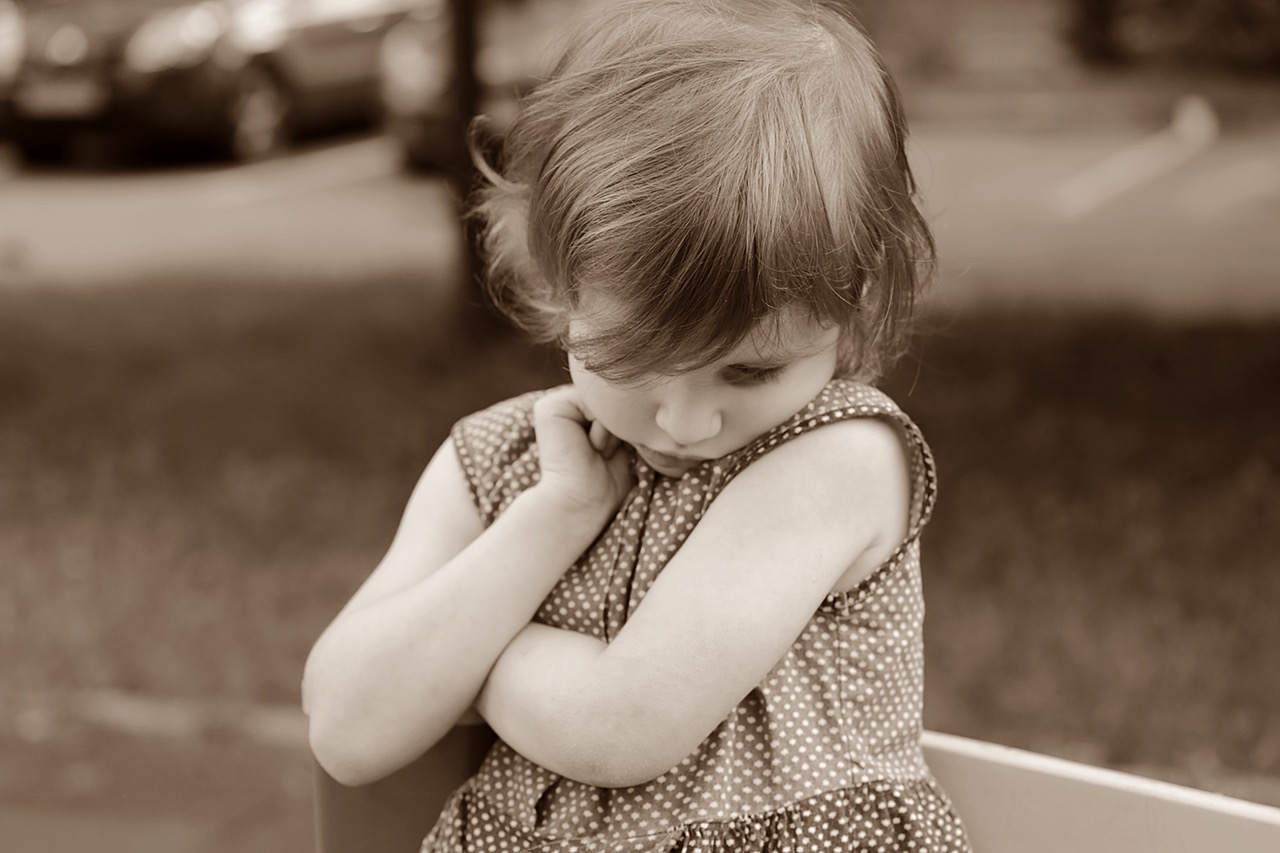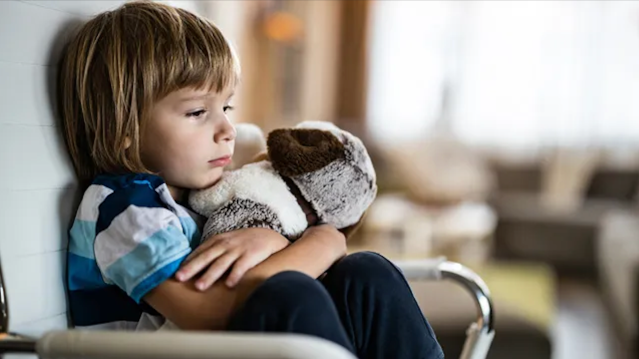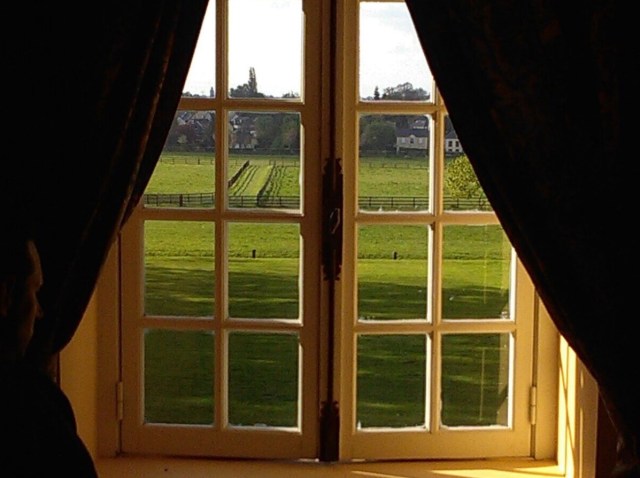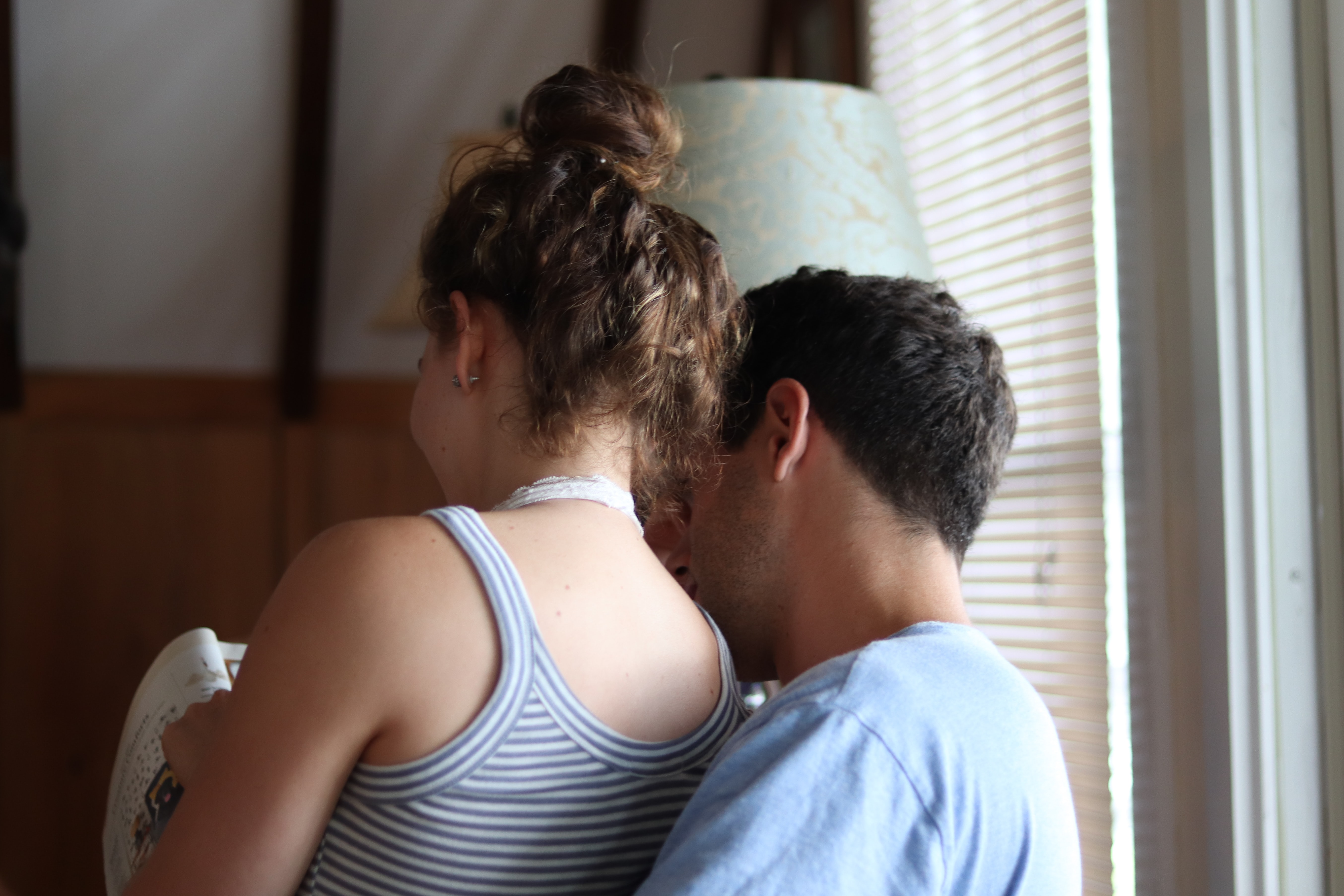
Even before the challenging times we’re facing, talking about mental and emotional health issues could be daunting for a lot of parents and children. Now, in the time of COVID-19, things certainly aren’t any easier. Parents have found themselves as a teacher, as well as a wage earner and caregiver.
Juggling those roles, combined with the uncertainty that we are facing has understandably added a lot of extra stress. I’m speaking from experience. As I write this in our Brooklyn apartment, our 4-year-old is running back and forth behind me, singing “It’s almost time for dinner,” … loudly.
Though children may not fully understand what is happening, they’re feeling it too. Their lives have been disrupted by separation from friends, their normal day-to-day activities, and—depending on their age—fear of contracting the virus.
So much change can lead to sadness and anxiety, and children are often unsure of what to do with those feelings. Suppressing them can lead to multiple problems, such as acting out in anger, a feeling of isolation, or an increase in anxiety, and depression.
In my latest children’s book, Max’s Box, I tell a story that discourages holding in our emotions and instead offers healthy ways to help express those feelings.
Now is the time to get in tune with what our children are experiencing emotionally, and create an environment where they feel safe expressing themselves. So in time for Children’s Mental Health Awareness Day, here are just a few ways that adults can help a child manage their emotions in a healthy way.
Language Matters
Children have fears, anxieties, and other deep feelings just like adults. What they may not have is the language needed to express those feelings. Help your child build an emotional vocabulary by appropriately identifying the feeling they are experiencing. Try saying “You seem angry that they took your toy” or “You’re feeling sad that you can’t see your friends right now.”
Teaching children how to identify their feelings in the moment gives them the eventual ability to articulate those feelings as they occur, allowing them to express their feelings in a healthier way.
Focus on the Emotion, Not the Behavior
A tantrum can come from anger, fear, or frustration among other reasons. Whatever the source, a tantrum begins when a child feels overwhelmed by emotion. The goal is to avoid tantrums becoming the default behavior. It’s important for adults to keep in mind the emotion that’s motivating whatever is happening, instead of the episode itself.
Rather than talking about the situation in the middle of an episode, wait to discuss it. If a child storms out of the room, give them time to settle down. Attempts to convince the child to stop, or commenting on the outburst can positively reinforce the behavior. Once the situation is calm again, then try helping them identify what feeling motivated the tantrum. If a child tries calming down on their own, it is important to acknowledge and positively reinforce the effort.
Teach Alternatives
Providing the chance for children to think of alternative solutions to different situations is a great way to involve them in imagining different ways to express themselves, and gives them a more direct role in managing their responses.
Try asking questions like, “You’re frustrated because the tower you’re building keeps falling over. What can you do about that? I think you could ask for help or try building it again? What do you think?”
Talking about your own feelings is another way of offering alternatives. “When I’m feeling angry, I take three deep breaths. Then I can start thinking about solving what’s frustrating me.”
It’s Alright to Cry
Yes, this still needs to be said. Well-intentioned adults can directly or indirectly convey that there is something wrong with crying. Let children know that crying is okay. Sadness, fear, pain, anger, and even happiness can be accompanied by tears. Acknowledge the emotion that is motivating the tears, rather than the crying itself.
Reconnecting and Storytime
Now, possibly more than ever, it’s important to dedicate time every day for activities that help relax children. Younger children especially, need to feel a connection to their parents to help regulate their emotions. Singing songs together, or just cuddling are wonderful ways to soothe a child.
Speaking again from experience, storytime is a great way to connect. Reading to children has multiple positive effects; teaching them how to describe their feelings among them. Allowing a child to see themselves in a story, shows them that they are not alone in their experience.
When a child feels connected to you, and in a safe environment to express themselves, many important conversations can begin. Those conversations may not only ease the stress of our current situation but provide them with tools they can use for a lifetime.
